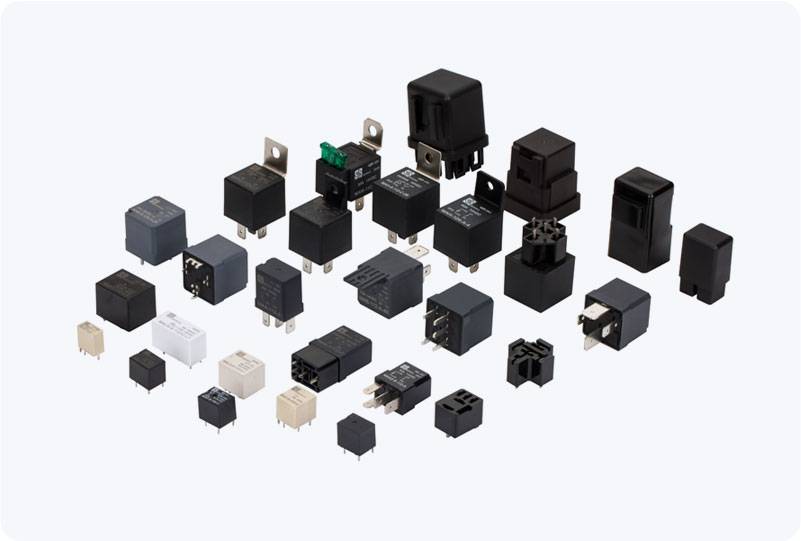Low Voltage DC Relays are essential components in electrical circuits, particularly in systems where low-voltage direct current (DC) control signals are used to operate high-power devices. These relays offer a practical solution for switching between circuits, making them crucial in a wide range of applications from industrial automation to automotive electronics. This article will explore the features, working principle, applications, and advantages of Low Voltage DC Relays.

What is a Low Voltage DC Relay? A Low Voltage DC Relay is an electromechanical device that uses a low-voltage DC signal to control the opening and closing of its switch contacts, which in turn control a higher-voltage or higher-current circuit. Typically, the control voltage is much lower than the voltage being switched, making relays a safe and efficient way to manage the power requirements of different devices. In essence, a relay functions as an electrical switch. It uses an electromagnet to mechanically operate a switch, which allows the relay to control high-power devices with a low-power control signal. In Low Voltage DC Relays, the control circuit is powered by a direct current (DC) source, often ranging from 12V to 24V.
Leave a Reply
You must be logged in to post a comment.